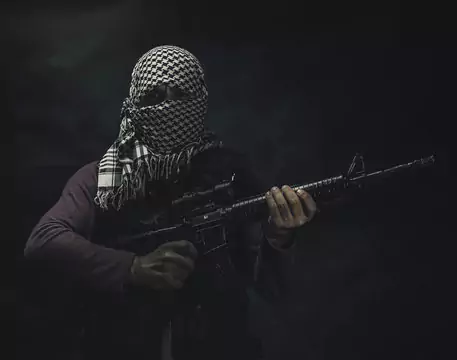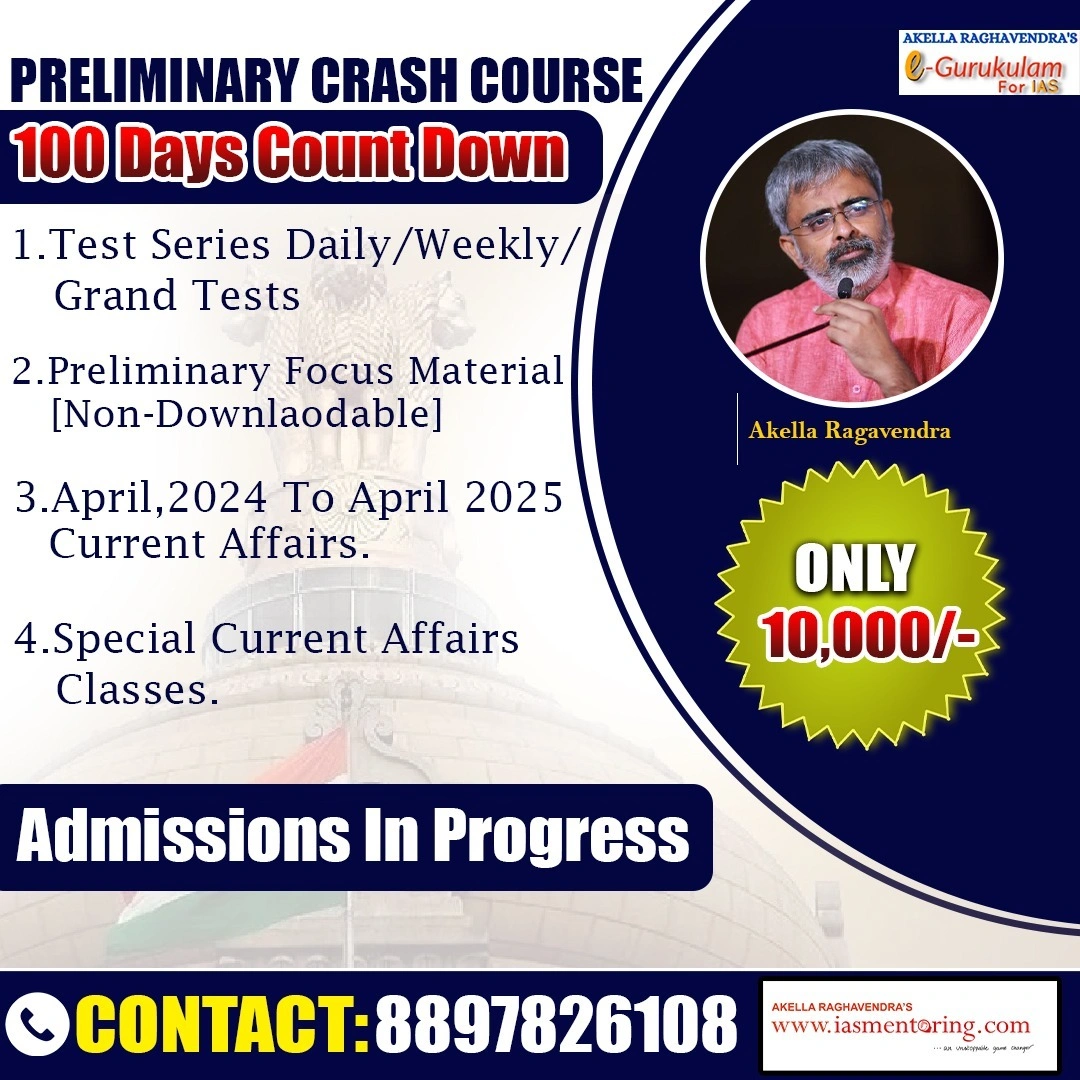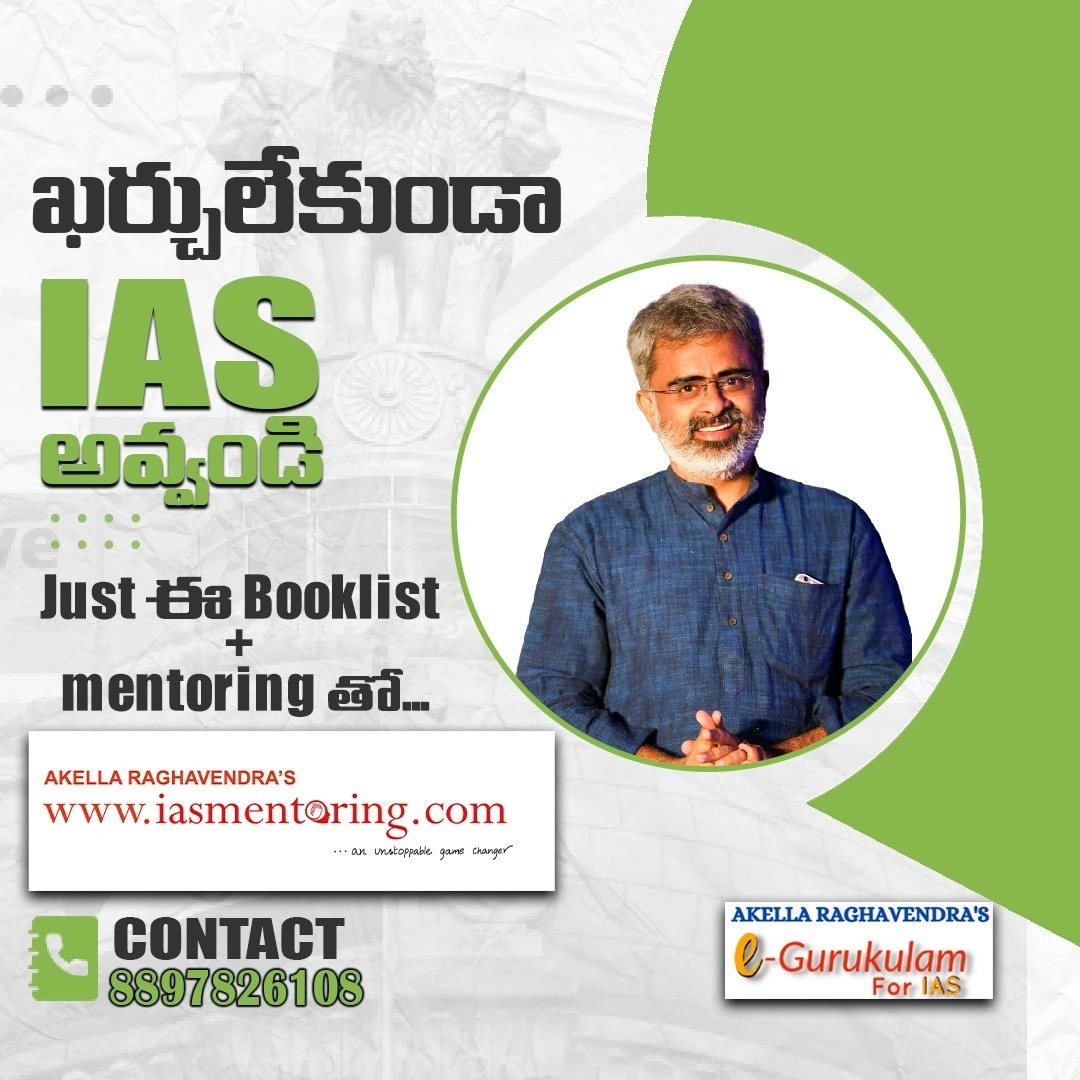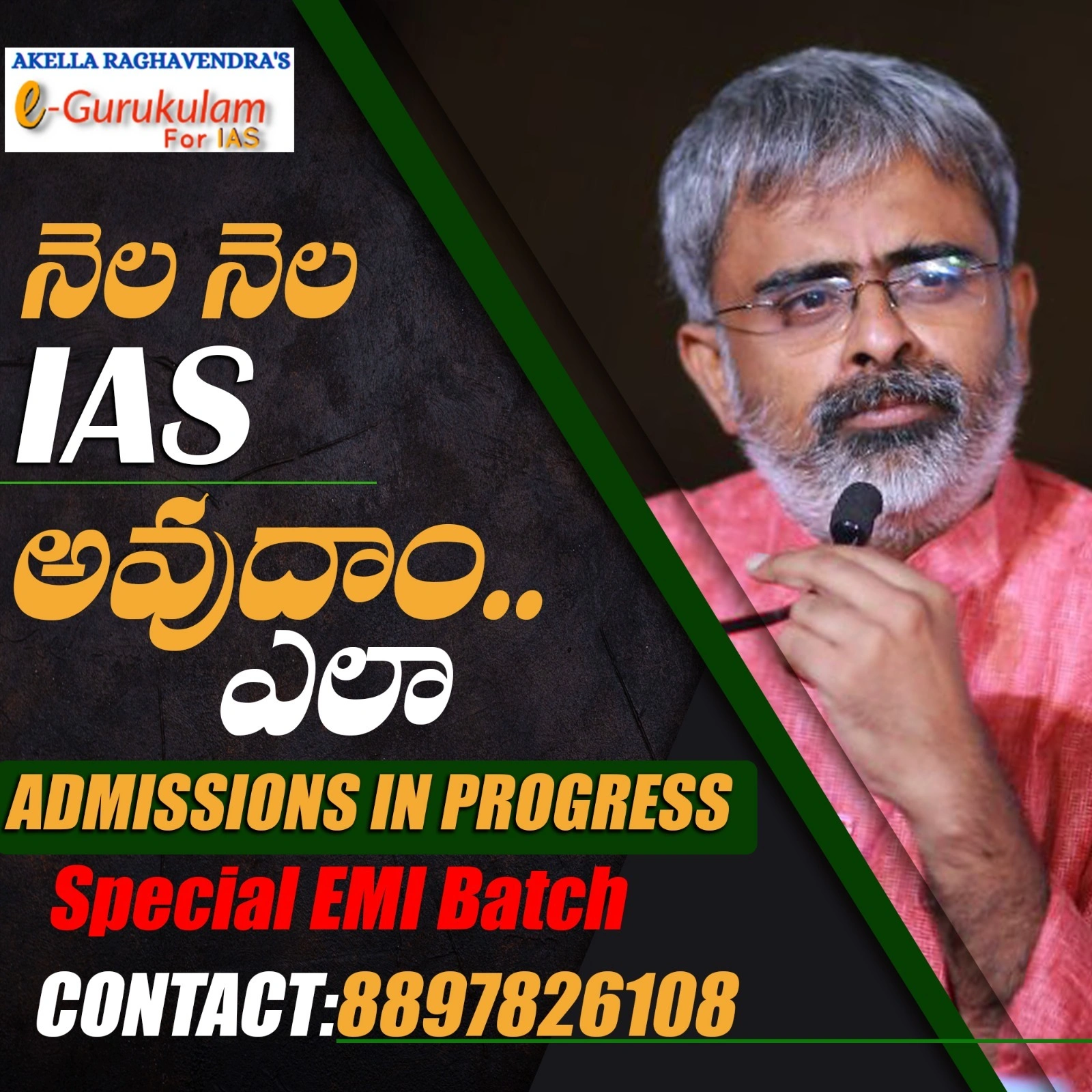Anti-Terrorism Day
Terrorism poses one of the gravest threats to global peace and national security. India, as a geographically and culturally diverse democracy, has faced multifaceted terrorist threats — from cross-border terrorism to homegrown insurgencies.
Anti-Terrorism Day: Background and Significance
Anti-Terrorism Day is observed every year on 21st May, marking the assassination of former Prime Minister Rajiv Gandhi in 1991 by the Liberation Tigers of Tamil Eelam (LTTE) — a Sri Lankan Tamil separatist group.
Objectives of Anti-Terrorism Day:
- To promote unity, peace, and harmony among all communities.
- To raise awareness about the dangers of terrorism and violence.
- To encourage the youth to stand against ideologies that promote hatred and violence.
Understanding Terrorism
Terrorism is the use of violence or threat of violence to create fear, often to achieve political, religious, or ideological objectives. In India, terrorism takes various forms:
- Cross-border terrorism (especially from Pakistan)
- Left-wing extremism (Maoist insurgency)
- Religious fundamentalism (both domestic and international)
- Insurgency in the Northeast
- Urban terrorism and cyber
radicalization
Major Terrorist Incidents and India’s Response (1947–Present)
Early Phase (Post-Independence to 1980s)
- Rise of separatist movements in the Northeast (Nagaland, Manipur, Mizoram).
- Khalistan movement in Punjab during the 1980s led to:
- Operation Blue Star (1984): Military action against militants inside the Golden Temple.
- Assassination of PM Indira Gandhi and subsequent anti-Sikh riots.
1990s–2000s
- Kashmir Insurgency began in 1989, intensifying cross-border terrorism.
- 1993 Mumbai Bomb Blasts: Coordinated attacks by the D-Company.
- Parliament Attack (2001): Attempt to derail Indian democracy.
- 2008 Mumbai Attacks (26/11): A landmark moment; exposed India’s urban vulnerability.
2010s–Present
- Pathankot (2016) and Uri (2016) attacks led
to:
- India’s first-ever Surgical Strikes across the LoC.
- Pulwama Attack (2019) prompted:
- Balakot Air Strikes: A significant shift in India’s response doctrine.
Key Military and Counter-Terrorism Operations
| Operation | Year | Objective |
|---|---|---|
| Operation Blue Star | 1984 | Eliminate militants in Golden Temple. |
| Operation Vijay | 1999 | Recapture Kargil heights from intruders. |
| Operation Parakram | 2001 | Strategic mobilization after Parliament attack. |
| Operation All Out | 2017–ongoing | Large-scale anti-militant drive in Kashmir. |
| Surgical Strikes | 2016 | Cross-LoC action post-Uri attack. |
| Balakot Air Strikes | 2019 | Air strike in Pakistan post-Pulwama. |
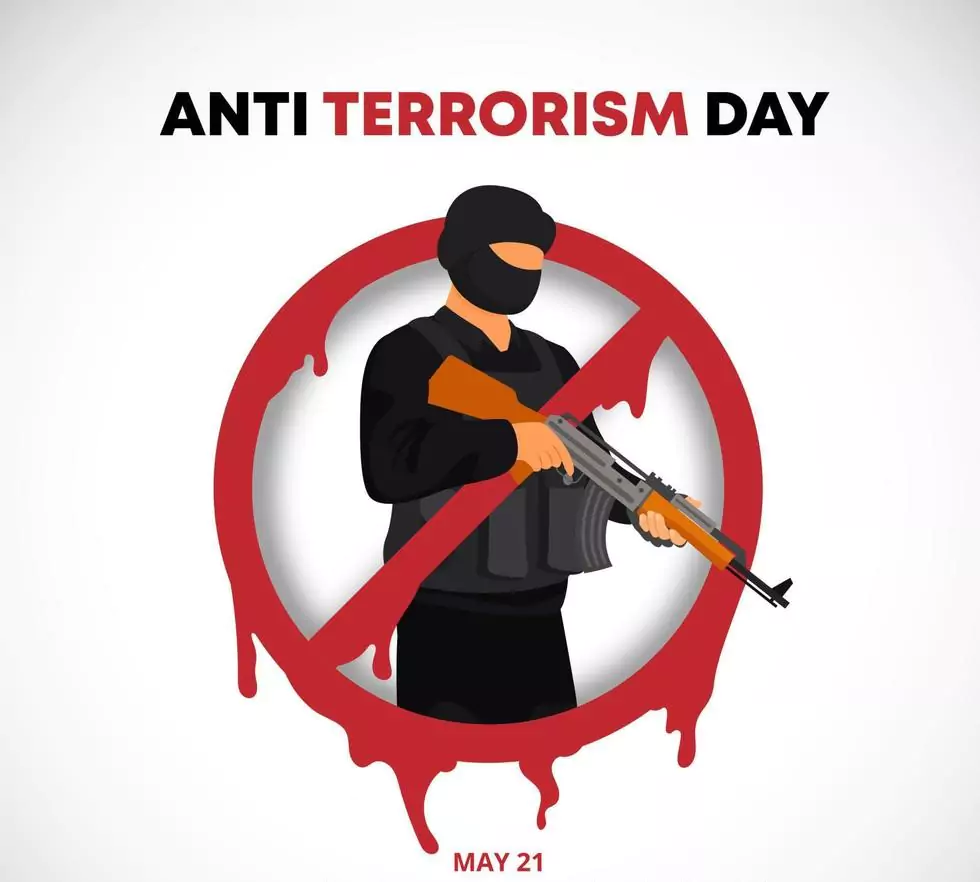
Major Indian Counter-Terror Forces and Agencies
Special Forces and Elite Units:
- NSG (National Security Guard): Deals with urban terrorism, hostage rescue.
- MARCOS (Marine Commandos): Specialized in maritime anti-terror ops.
- Para SF (Parachute Special Forces): High-risk, deep-penetration operations.
- Garud Commandos: Indian Air Force’s special unit for strategic operations.
Key Intelligence and Investigation Agencies:
- IB (Intelligence Bureau): Handles internal intelligence.
- RAW (Research & Analysis Wing): Focuses on external threats and espionage.
- NIA (National Investigation Agency): Investigates terrorism-related cases across India.
- State ATS (Anti-Terrorism Squads): Active in Maharashtra, UP, Gujarat, etc.
Legal and Policy Framework to Combat Terrorism
| Act/Policy | Purpose |
|---|---|
| UAPA (Unlawful Activities Prevention Act), 1967 | Prevent and punish unlawful and terrorist activities. |
| National Security Act (NSA), 1980 | Preventive detention in public interest and national security. |
| AFSPA (Armed Forces Special Powers Act) | Special powers to armed forces in disturbed areas. |
| NCTC (Proposed) | National Counter Terrorism Centre (pending due to federal concerns). |
| UAPA Amendment (2019) | Allowed individuals to be tagged as terrorists (e.g., Masood Azhar). |
Role of Women in Armed Forces and Counter-Terror Operations
The Indian government is taking significant steps toward the inclusion of women in combat roles:
- Women in NSG, IAF, and Military Police are being trained for direct combat duties.
- Avani Chaturvedi, Bhawana Kanth, and Mohana Singh became India’s first female fighter pilots.
- Captain Tanya Shergill became the first woman Parade Adjutant at Republic Day Parade.
This will:
- Enhances diversity in security forces.
- Breaks gender stereotypes in national defense.
- Raises awareness about gender equality in national service.
Modern Threats: Evolving Dimensions of Terrorism
- Terrorism:
- Use of the internet for radicalization, fundraising, fake news, and recruitment.
- Growing use of AI and deepfakes by terror outfits.
- Lone-Wolf Attacks: Individuals radicalized online without direct links to any group.
- Narco-TerrorismDrug trade funding terror activities (e.g.,
Punjab, Manipur corridors). India, while not a major drug-producing nation, is
vulnerable due to geographical location, acting as a
transit country between:
- The Golden Crescent (Afghanistan, Iran, Pakistan) – Heroin and opium.
- The Golden Triangle (Myanmar, Laos, Thailand) – Synthetic drugs and heroin.
- Terrorism: Dense cities like Mumbai and Delhi are soft targets for mass-casualty attacks.
